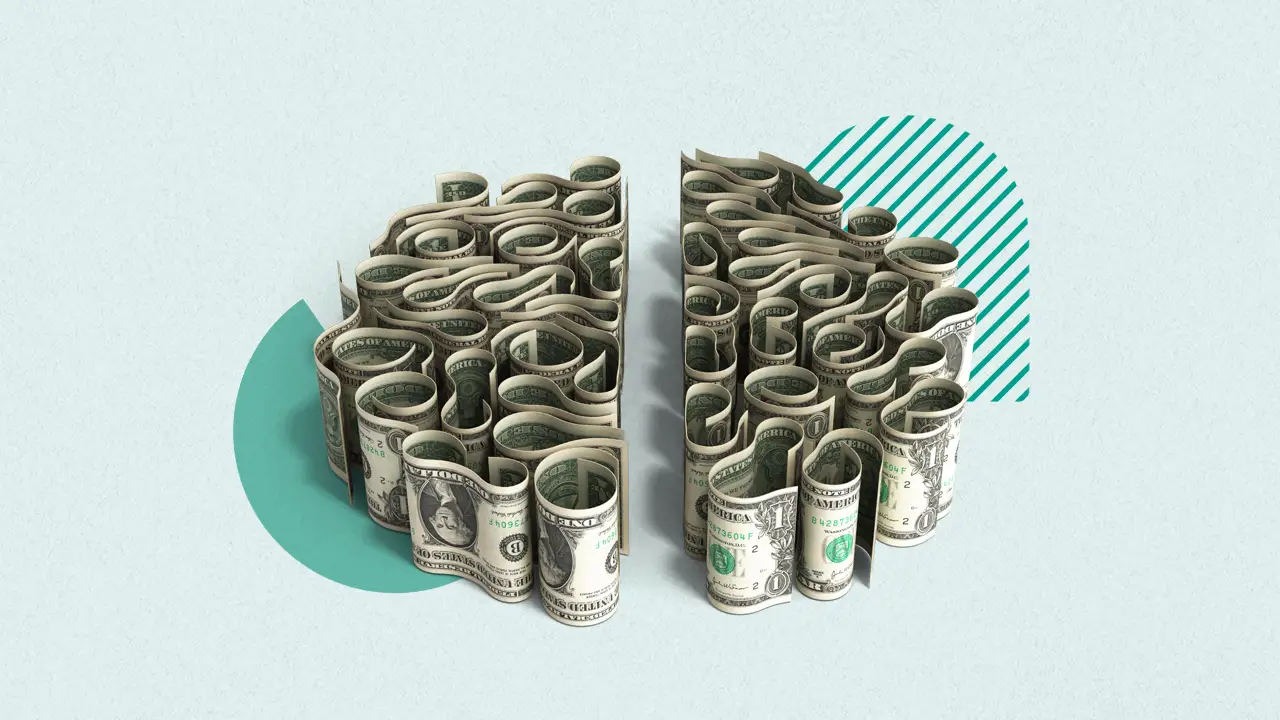Understanding Quantitative Easing and Its Impact on Inflation
Central banks employ quantitative easing (QE) by purchasing longer-term assets like government bonds and stocks, which increases money supply while simultaneously lowering long-term interest rates, thus decreasing borrowing costs.
QE does not alter the total stock of government liabilities (Treasury debt, bank reserves and overnight reverse repurchase agreements); rather it alters their composition and composition changes accordingly.
Inflation
Central banks using quantitative easing (QE) purchase government bonds (commonly referred to as Treasuries) and mortgage-backed securities in large numbers on financial markets in order to increase liquidity within the system, thus expanding it. Banks are required by law to hold some amount of cash each night when closing their books, so when QE occurs it gives banks more than enough cash reserves so they can lend it out as loans to consumers, businesses, and municipalities.
Stimulating the economy requires increasing spending, which in turn leads to more hiring and higher wages for workers. Furthermore, this action also increases the value of financial assets like shares thereby increasing wealth among owners of them.
While some inflation is beneficial, too much inflation can harm consumers by increasing prices or encouraging reckless spending. Furthermore, inflation reduces manufacturers’ purchasing power – another risk associated with QE that’s supported by traditional economic theory; though recent studies indicate the effect is less significant.
Liquidity
Liquidity refers to your ability to quickly access money when needed; examples include having cash on hand or checking accounts that provide quick access.
Quantitative Easing (QE) refers to central banks purchasing financial assets such as bonds and stocks in order to increase the amount of money in circulation and lower long-term interest rates. By doing this, new money enters the economy while decreasing long-term rates of interest.
QE increases asset prices, making both households and businesses that own them wealthier – potentially stimulating economic growth through greater expenditure.
QE also lowers longer-term interest rates, encouraging consumers and businesses to borrow for larger purchases, helping stimulate the economy while strengthening capital-intensive sectors like industrials, technology, consumer cyclicals. Winter cautions, however, that QE’s benefits disproportionately benefit those already possessing wealth; creating bubbles in assets and driving up investor euphoria further.
Interest Rates
QE involves central banks purchasing financial assets, usually government bonds, to increase money in the economy by expanding liquid asset supply held by institutions willing to lend money directly to households and businesses. QE pushes down prices and yields of those assets so borrowing becomes cheaper overall.
Quantitative easing’s lower interest rates can help soften an economic downturn and reduce outlays for programs serving as automatic stabilizers, while increasing tax revenues as households and businesses spend less and pay more taxes respectively.
Quantitative easing presents several risks to its success. One such risk is inflation: with increased money supply can come higher inflationary pressures if growth in money does not reflect an equivalent increase in economic demand – this phenomenon is known as “wealth effect.” To offset this risk, central banks often place limits on how much they create which could limit growth in money supply and thus inflation rates.
Economic Growth
QE flattens the yield curve, lowering long-term interest rates and making borrowing cheaper, encouraging businesses and consumers to take out loans to invest and spend.
As it increases its balance sheet through QE, the Federal Reserve accrues income in the form of interest on assets purchased while also incurring expenses related to reserves and RRPs, thus decreasing net income.
Inflation diminishes the purchasing power of money over time, making it harder for those on fixed incomes to afford goods and services that remain affordable.
An economy benefits from having low, stable inflation rates; this ensures that goods and services you purchase now will still be available in the future, while encouraging businesses to hire employees, expand operations, increase investments and hire more workers – creating jobs and incomes for workers while encouraging spending by businesses and increasing tax revenues – leading to federal deficit reduction by decreasing spending for automatic stabilizers while simultaneously raising tax revenues.











